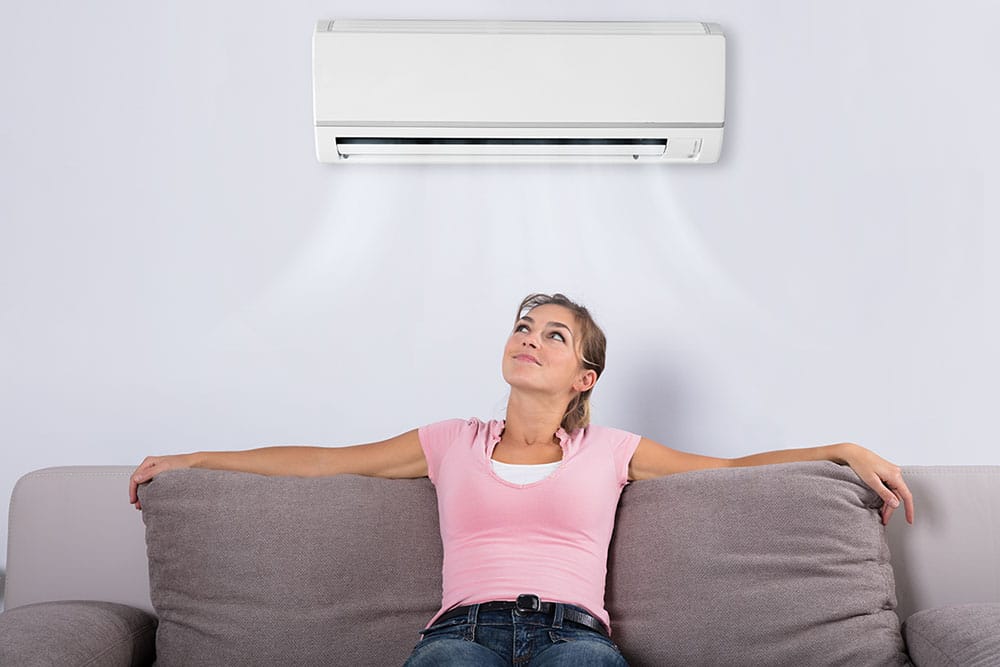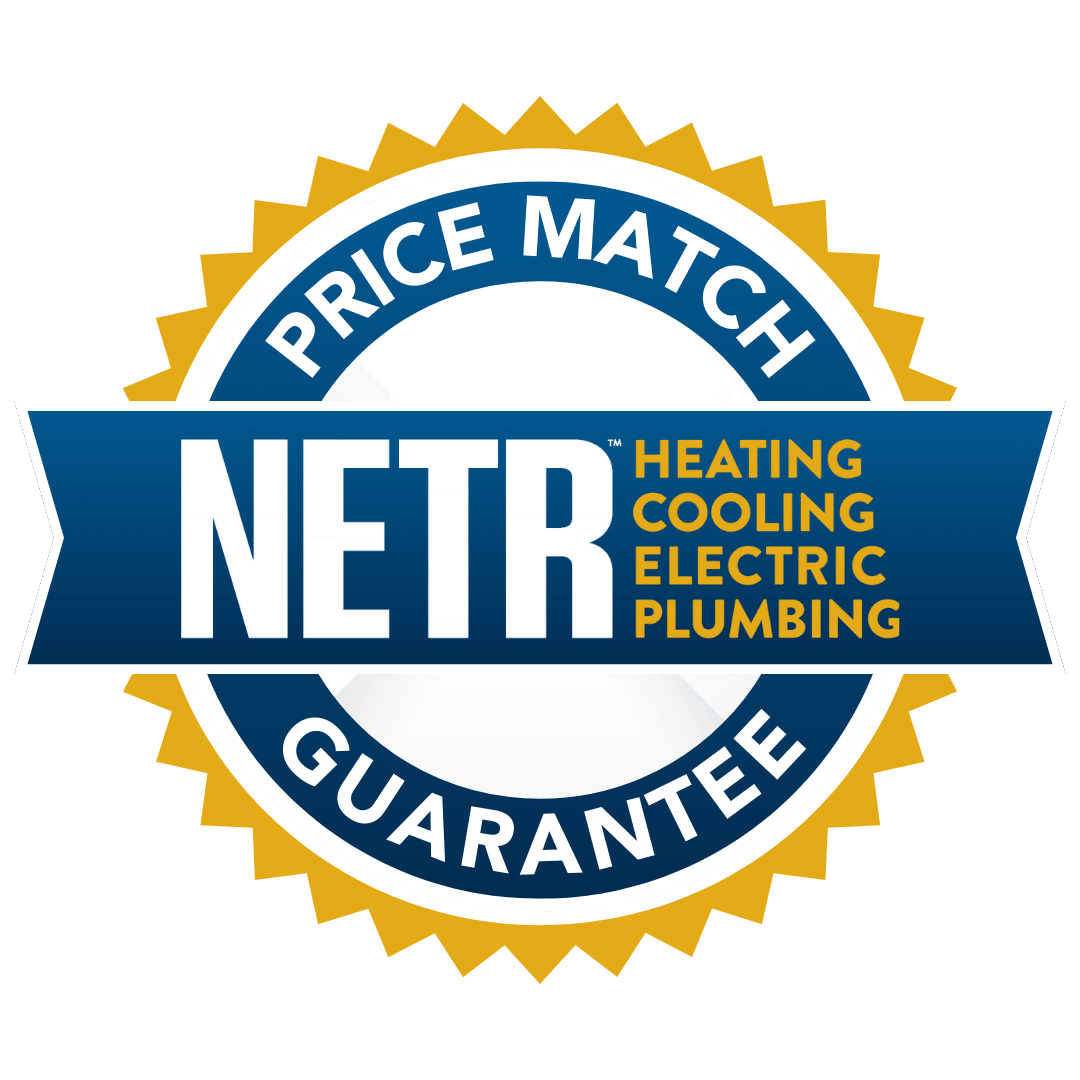As a landlord, you have two main goals: to make money and keep your tenants happy. A ductless HVAC mini-split can help with both of those goals. These energy-efficient systems can reduce your energy bills, while also improving the comfort of your tenants. Ductless HVAC systems work perfectly in all kinds of environments including rental properties, but before upgrading, you may want to consider a few essentials. Ask yourself the following.

1. Do you need to upgrade meters or panels?
If you have a multi-unit rental property that has a single electric meter, you may want to consider individual metering before putting in a ductless HVAC system. Individual meters track the electricity use of each unit, and they allow your tenants to pay their own electrical bills. In many areas, you may face restrictions on how you pass utility costs onto tenants if you don’t have individual meters. If putting in individual meters is not an option, you may want to look into tools that help with submetering.
Additionally, consider whether or not you need to upgrade your electrical panels before installing a ductless system. If you have an older property (especially a single-family home that’s been converted to a multi-family home), its current electrical panels may not have enough capacity to support electric heating and cooling. Most installers can easily help you assess and navigate a panel replacement.
2. How many zones do you want?
Whether each of your units has its own meter or not, they should each have their own zones, and depending on the size of the rental units, you may want multiple zones in each unit. An HVAC technician with dedicated ductless experience can help you determine the optimal number of zones in each unit.
Typically, one outdoor condenser can support up to six indoor air handling units which each have their own zones, but you may need multiple outdoor units for large rental properties.
3. Where can you put the outdoor condenser?
When you’re dealing with a single-family home that has been converted to a multi-home property, you can easily find a spot for the condenser on the side or in the back of the home. Some people tuck them under stairways that lead to separate entrances for the upstairs units.
However, if you have a multi-unit apartment block with a flat commercial roof, you may be able to mount the condenser on the roof. These aren’t the only options. You can even mount units to the side of the home’s wall in unique situations.
4. Do you qualify for rebates?
There are many different rebates and tax credits for people who make energy-efficient upgrades to their homes, but the rules are often different for rental property owners. Before moving ahead, you may want to look into the options and make sure that you take all of the required steps to claim the benefits.
For example, as of 2024, rental property owners can claim a whole home MassSave rebate if they install ductless heat pump equipment in individually metered one to four-unit buildings or townhomes. Note that rebates change regularly so you may want to check the updated rules before diving in. Unfortunately, landlords cannot claim the IRS’s tax credits for energy-efficient home upgrades, but of course, you would be able to depreciate the cost as a business capital expense.
5. What’s the bottom line?
Finally, think about how much you’re going to save and how it affects your bottom line. If you’re paying for expensive heating for your rental property, installing heat pumps should reduce your energy bills and improve your efficiency. This effect is particularly strong in old multi-family homes that are currently on a single thermostat.
With that setup, the coldest unit in the property usually ends up dictating the temperature, and the residents of the hottest units may open their windows to cool down the air even though it’s freezing outside. The result? Excessive heating bills for the landlord.
To crunch the numbers, talk with an HVAC specialist. They should be able to help you estimate the savings based on their past case studies and your current energy consumption. In addition to thinking about energy costs, also consider tenant retention. If your tenants are warm during the winter and cool during the summer, they will be happier in their homes and potentially less likely to move. Reducing turnover saves you money and boosts your bottom line.
Contact Us About Mini Splits for Rental Properties
At N.E.T.R. Inc., we have decades of experience and an unwavering commitment to client satisfaction and high-quality services. When you contact us, we’ll answer all your questions about mini splits. Then, we’ll send a comfort consultant to your rental properties. They will help you figure out the best approach for your property and your budget. Also, when we work with clients we help them navigate the rebate process.
Ready to improve your rental properties and save on energy bills? Then, contact us today.

